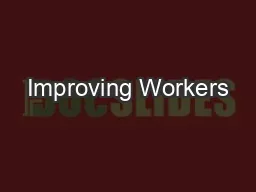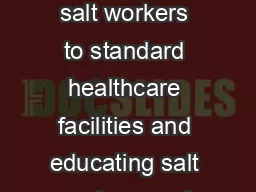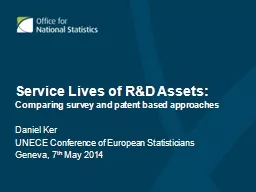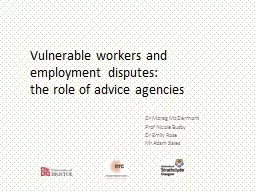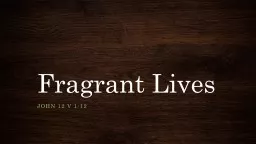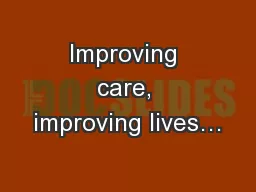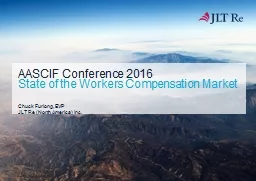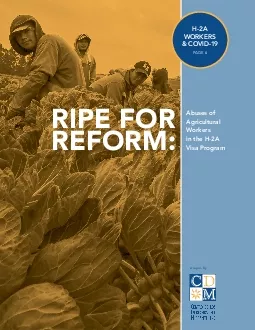PDF-Improving Workers’ Lives WorldwideSustainable Management of Nestl
Author : cheryl-pisano | Published Date : 2016-02-26
wwwfairlabororg Discussion with farmers in a camp 2 Stakeholder MappingThe assessment team developed a comprehensive map of stakeholders including local and national
Presentation Embed Code
Download Presentation
Download Presentation The PPT/PDF document "Improving Workers’ Lives WorldwideS..." is the property of its rightful owner. Permission is granted to download and print the materials on this website for personal, non-commercial use only, and to display it on your personal computer provided you do not modify the materials and that you retain all copyright notices contained in the materials. By downloading content from our website, you accept the terms of this agreement.
Improving Workers’ Lives WorldwideSustainable Management of Nestl: Transcript
Download Rules Of Document
"Improving Workers’ Lives WorldwideSustainable Management of Nestl"The content belongs to its owner. You may download and print it for personal use, without modification, and keep all copyright notices. By downloading, you agree to these terms.
Related Documents

